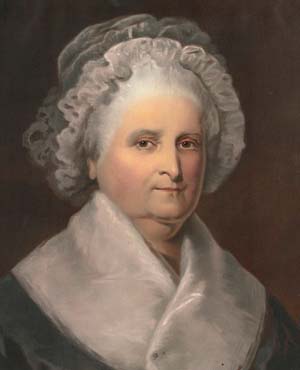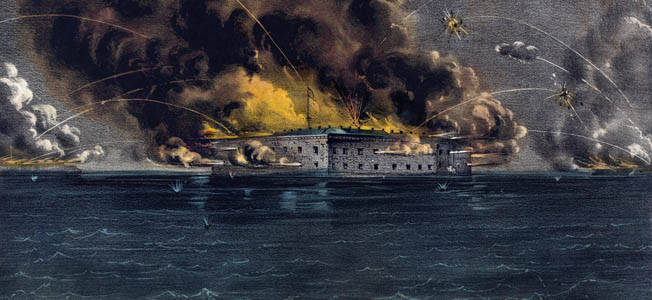
WIN
Before the Battle of the Bulge: Forming the 551st “GOYAs”
By Donald Roberts IIBy summer’s end 1944 Adolf Hitler, along with much of his staff, began to realize that Germany was in serious danger of losing the war. Read more

WIN
By summer’s end 1944 Adolf Hitler, along with much of his staff, began to realize that Germany was in serious danger of losing the war. Read more

WIN
“Where is Steiner?” Adolf Hitler demanded as his Thousand Year Reich crumbled around him in April 1945. “Is he attacking yet?” Read more

WIN
By 1944, many top generals in Adolf Hitler’s army understood the war was lost and that they had better make arrangements to ensure their safety. Read more

WIN
By John W. Osborn, Jr.
When world war engulfed Europe for the second time in a generation, the Netherlands placed its faith in the diplomatic delusion that it could remain neutral like it had during World War I. Read more

WIN
There were several African American Revolutionary War heroes that made major contributions on and off the battlefield, but not all of them fought for the Colonists. Read more

WIN
Although Union Colonel Silas Colgrove had previously led his men through some of the most horrific fighting in the eastern theater of the Civil War, the order he received on the morning of July 3, 1863, in the woods near Culp’s Hill at Gettysburg, was the most unnerving he had ever received. Read more

WIN
Early in June 1940, refugees from northern France and the low Countries who had flooded Paris in May fled with the residents of the city as the German advance neared. Read more

WIN
According to contemporary Soviet news sources, fighter Ace Alexander Pokryshkin was the most famous pilot in the Red Air Force during World War II. Read more

WIN
When Maj. Gen. Curtis Lemay, the hard-driving commander of the Twentieth U.S. Air Force based in Guam, decided to change tactics in early 1945 to boost the effectiveness of the B-29 Superfortress, it was the Bell Aircraft plant in Marietta, Georgia, that ultimately provided him with the stripped-down bombers that played such a key role in ending the war in the Pacific. Read more

WIN
When the destroyer USS Reuben James (DD-245) was assigned to convoy duty in the North Atlantic in the autumn of 1941, its crew had a sense of foreboding and feared the worst. Read more

WIN
They said it couldn’t be done. Doubters chided Henry Ford for declaring that his Willow Run Bomber Plant could turn out a B-24 Liberator heavy bomber every hour. Read more

WIN
The deliberate crashing into enemy targets by Japanese aviators did not begin at the Battle of Santa Cruz Islands. Read more

WIN
Martha Custis Washington, wife of General George Washington, came to the winter quarters of her husband’s army each winter of the Revolutionary War. Read more

WIN
By Mike Haskew
Union General William T. Sherman was a friend and trusted subordinate of General Ulysses S. Grant, commander of all Union armies in the field during the Civil War. Read more

WIN
One of the catalysts for a major rebellion in the United States were irregular warfare in “Bleeding Kansas” from 1854 to 1861 between anti-slavery Free Staters and pro-slavery border ruffians. Read more

WIN
An Associated Press report described “a chorus of hisses and boos” that echoed through the chamber when the Congresswoman from Montana cast her vote. Read more

WIN
When it came to advanced military technology in World War II, arguably no one was better at it than Nazi Germany, whose scientists Adolf Hitler keep busy trying to invent the ultimate “super weapon” capable of defeating his enemies. Read more

WIN
Early in 1944, German Field Marshal Erwin Rommel, the defeated hero of North Africa and now head of Army Group B in France, was tasked with strengthening the Atlantic Wall defenses against Allied invasion. Read more

WIN
It was nearly 11 on the morning of September 20, 1863, and the woods around slow-moving Chickamauga Creek in northwest Georgia were ominously quiet. Read more

WIN
For some Americans, World War II started early. In December 1937, four years before the Japanese attack on Pearl Harbor propelled the United States into the war, Japanese planes attacked an American gunboat, the USS Panay, on China’s Yangtze River, strafing and bombing the boat, sinking it, killing three American crew members, and the wounding 45 others. Read more